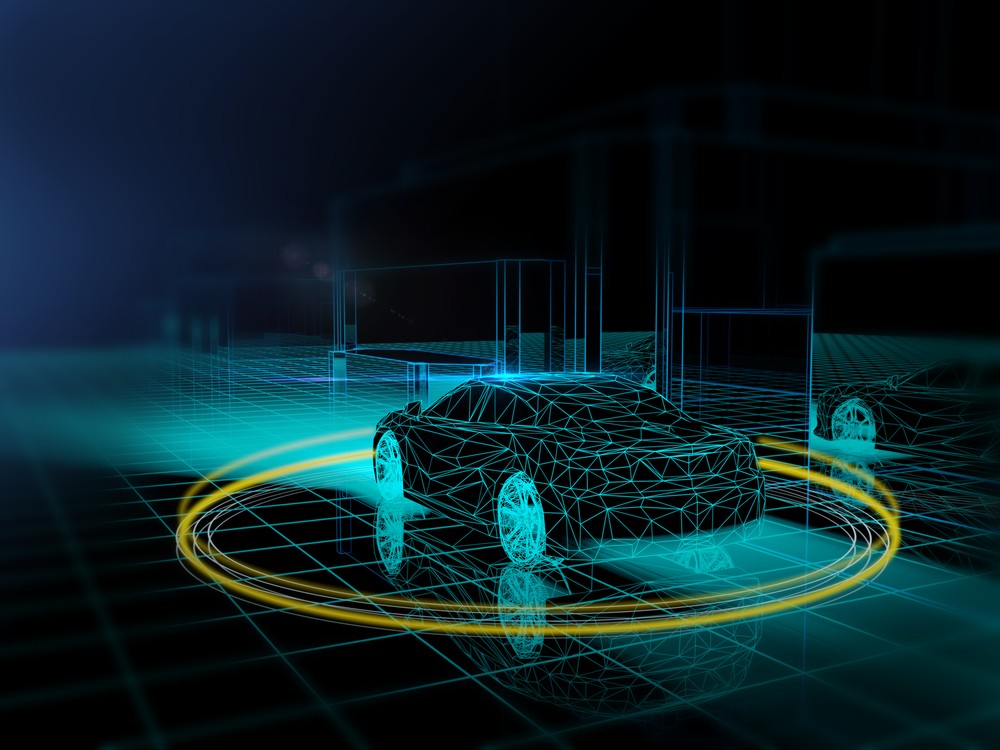5G IoT installed endpoints for outdoor surveillance cameras will reach 2.5 million in 2020, 6.2 million units in 2021 and 11.2 million units in 2022, but will be surpassed by connected cars in 2023. “Cameras deployed by city operators or used to ensure building security and provide intruder detection offer the largest addressable market as they are located outdoors, often across cities, and require cellular connectivity,” said Stephanie Baghdassarian, senior research director at Gartner.
Gartner predicts that the 5G IoT endpoint installed base will more than triple between 2020 and 2021, from 3.5 million units in 2020 to 11.3 million units in 2021. By 2023, the 5G IoT endpoint installed base will approach 49 million units (see Table 1).
5G capabilities open up new enterprise market opportunities, so communications service providers (CSPs) need to assess the many use cases with a view to prioritising investment in the building of IoT solutions. “Their investments should focus on outdoor surveillance cameras, connected cars, and government and physical security,” said Ms Baghdassarian.
Connected Cars Will Offer the Biggest Opportunity for 5G IoT in the Long Term
In 2023, the automotive industry will become the largest market opportunity for 5G IoT solutions. It will represent 53% of the overall 5G IoT endpoint opportunity in that year.
Within the automotive sector, embedded connected-car modules are the major use case for 5G. Embedded endpoints in connected cars for commercial and consumer markets will represent an installed base of 19.1 million units out of a total of 25.9 million 5G endpoints in the automotive sector in 2023.
“The addressable market for embedded 5G connections in connected cars is growing faster than the overall growth in the 5G IoT sector,” said Ms Baghdassarian. “Commercial and consumer connected-car embedded 5G endpoints will represent 11% of all 5G endpoints installed in 2020, and this figure will reach 39% by the end of 2023.”
In addition, the share of 5G-connected cars actively connected to a 5G service will grow from 15% in 2020 to 74% in 2023. This figure will reach 94% in 2028, when 5G technology will be used for Cellular V2X communications that enable messages to be sent and received within vehicles and between vehicles, infrastructure, pedestrians, cyclists and more. Ultimately, connected cars actively connected to a 5G service will help keep traffic moving and improve road safety.
“As the automotive industry will be the largest sector for IoT endpoints and 5G IoT use cases in the long term, we recommend that CSPs that want to be relevant in the 5G IoT market put this industry at the forefront of their investments. They should do this in terms of personnel who understand the sector and of partnerships that will move the market forward,” said Ms Baghdassarian.




